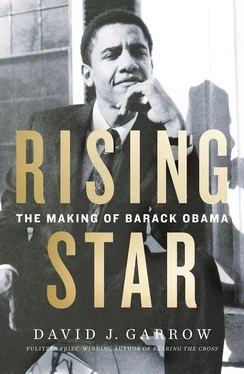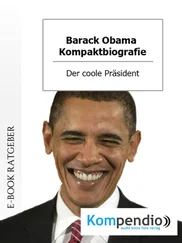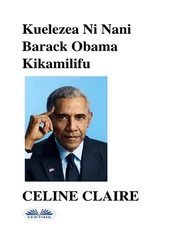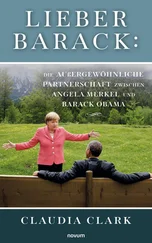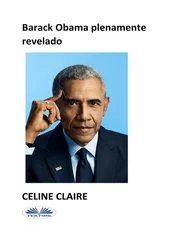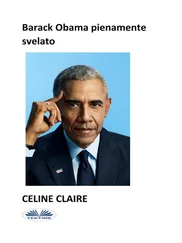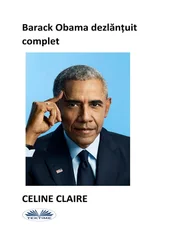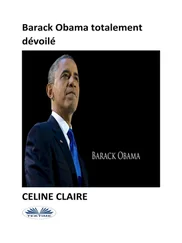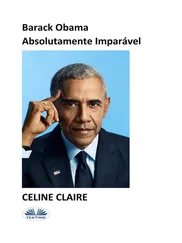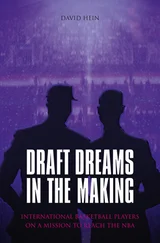U.S. Steel chairman Edgar Speer condemned their efforts as “nothing short of a Communist takeover,” but ECMV, taking advantage of $335,000 in federal support from the Department of Housing and Urban Development, commissioned Alperovitz to undertake a six-month study to determine if Campbell could be reopened. National newspapers like the Times and the Washington Post covered the effort, especially once Alperovitz announced a preliminary finding that about $500 million would allow Campbell to reopen with about half of its prior workforce. But White House aides to President Jimmy Carter would support only $100 million and quietly asked Harvard Business School professor Richard S. Rosenbloom to evaluate Alperovitz’s analysis while postponing any decision until after the November 1978 midterm elections.
In March 1979, the White House notified the ECMV that their proposal had been rejected. Chuck Rawlings thought he and his colleagues had been “naive” to expect federal help, especially when Youngstown parishioners had remained far more silent than their pastors, but when Tom Joyce and Dick Poethig spoke with Rawlings after his presentation at the May 1980 conference about Wisconsin’s demise, his advice was decisive—“Go back and organize!”—and Tom and Dick agreed to do just that. 4
Joyce knew even before he returned to Chicago that the first person he would contact was Leo Mahon. Fifty-four years old at the time of Tom’s call, Mahon had been pastor of St. Victor Roman Catholic Church in Calumet City, the first suburb just south of Chicago’s southeastern city limits, since 1975. Mahon had been ordained a priest of the Chicago archdiocese in 1951. Early on, he worked with Puerto Rican parishioners and learned Spanish while also rubbing shoulders with a young community organizer named Nicholas von Hoffman and von Hoffman’s well-known mentor, Saul Alinsky, the father of community organizing. Within a few years, Mahon became head of the archdiocese’s Committee for the Spanish Speaking, which planned to start a mission in Panama. Archbishop Albert Cardinal Meyer, whom Leo adored, chose Mahon to lead it, and in early 1963 Leo left for Panama, where he spent the next twelve years.
The San Miguelito mission flourished under Leo’s leadership, but government officials took a dim view of his pastoral defense of human rights, and pliable Catholic leaders in Panama twice put Leo on trial for heresy. After Cardinal Meyer died, in early 1965, the Vatican named St. Louis native John Patrick Cody as his successor, and Cody was far less supportive of Leo’s work. When Leo returned from Panama to Chicago in 1975, Cody, perhaps out of fear of Mahon’s possible radicalism, refused to take advantage of his Spanish and Latin American expertise and instead “exiled him” to Calumet City.
Leo had left San Miguelito despondent, knowing that Cody’s attitude meant his long-standing expectation of becoming a bishop would come to naught, but at St. Victor Mahon found a core of energetic and committed young adult parishioners with whom he quickly bonded. Father Leo was “a breath of fresh air,” Jan Poledziewski recalled, selecting female altar servers and using the Sunday Bulletin to advocate for the Equal Rights Amendment. “He empowered laypeople” and “everyone just adored him,” Christine Gervais remembered. “He was such a charismatic person that if he asked you to do something, you just couldn’t wait to help him out.” 5
Sometime in late May 1980, Tom Joyce and Dick Poethig met Leo at St. Victor and asked him to lead a clergy effort to respond to Wisconsin’s closing. “It was quite obvious that the man to see was Leo,” Tom later explained. “Right away, within five minutes, he says, ‘Yes, we’ve got to do something about it.’ ” Dick Poethig remembered it similarly: “He had the right feeling, right off the bat.” The three clergymen agreed they would invite some ecumenical colleagues on both sides of the nearby Illinois–Indiana state line to an initial meeting at St. Victor on Friday, June 6.
Come that day, sixteen clergymen and four laypeople joined the initial trio at St. Victor, and, as Joyce wrote in a memo the next day, reached “unanimous agreement that the Church or the parishes and congregations should organize in an effort to get some community say into the steel mill closings.” On June 23, nine of them again assembled at St. Victor, with Tom Joyce stating that their “only model” was the clergy response in Youngstown. He went on to say that the community deserved to have “a modernized, efficient, competitive steel industry” based upon “modernization of the present plants.” At a third meeting on July 7, they chose August 23 as the date to host “a workshop for key leadership people in the community, labor and church.” For that session, Leo emphasized that their effort must not be seen as simply pro-union but instead be “distinctly a religious response.” 6
Later on July 7, Frank Lumpkin and twenty-four other former Wisconsin workers assembled at the union hall of United Steel Workers Local 65—which represented employees at U.S. Steel’s huge but shrinking South Works—and signed a declaration that “we are tired of waiting” and that action was needed “Now.” When contractors for Chase Manhattan Bank tried on July 22 to remove the existing steel inventory, which Chase had arranged to sell for $16 million, from the Wisconsin site, angry former workers blocked the plant gates; on August 5, when contractors sought to remove a crane, the ex-workers prevented that too. 7
On Monday night, July 28, Frank Lumpkin’s group of workers, now calling themselves the Save Our Jobs Committee (SOJC), were joined by Mary Gonzales, a Chicago native in her late thirties who, with her new husband, Greg Galluzzo, had begun working in the Southeast Side communities just before Wisconsin’s demise. Gonzales and Galluzzo had first met eight years earlier, when Greg was a Jesuit seminarian working for Chicago’s Pilsen Neighbors Community Council and Mary was married with several young children. By 1979, Mary was a single mother of three daughters and Greg was leaving the priesthood, and late that year Mary was hired by the Latino Institute as director of advocacy while Greg was working for the Illinois Public Action Council (IPA), which traced its organizational roots back to Saul Alinsky, who had died in 1972. Together they began to work in the Southeast Side’s increasingly Hispanic—primarily Mexican—neighborhoods, but as of February 1980, when they married, their only office in South Chicago was their car.
Mary and Greg went person by person through South Chicago, focusing on its Catholic parishes. Their long-range goal was to have “a citywide coalition” of permanent, neighborhood-based advocacy groups. By early March, they had conducted scores of one-on-one interviews, established contact with five parishes, and had five small nascent groups of residents meeting and talking.
Mary’s father had worked at Wisconsin Steel for thirty-five years, never missing a single day, before dying of brain cancer at age sixty-two. Mary had not heard any advance rumors about Wisconsin closing, but when it did, “it just reverberated through that whole neighborhood,” with thousands of families losing all of their health care coverage. Doing one-on-one interviews all across South Chicago, she recalled years later, the most common refrain was “I don’t have a doctor.”
By June, their new organization had a name—the United Neighborhood Organization (UNO) of Southeast Chicago—and Mary had drafted a proposal to circulate to potential funders. Wisconsin’s demise had created not only “tremendous unemployment,” but also “psychological pressure on families.” Life “has changed in a shattering fashion,” and more than two dozen people out of the several hundred they had approached were now actively participating in the nascent UNO. “The staff’s main function will be to train leadership,” Mary’s proposal said, and they hoped to publicly launch UNO as a southeast-wide organization within eighteen months. “Never since the Depression has this community been hit so hard.” 8
Читать дальше
